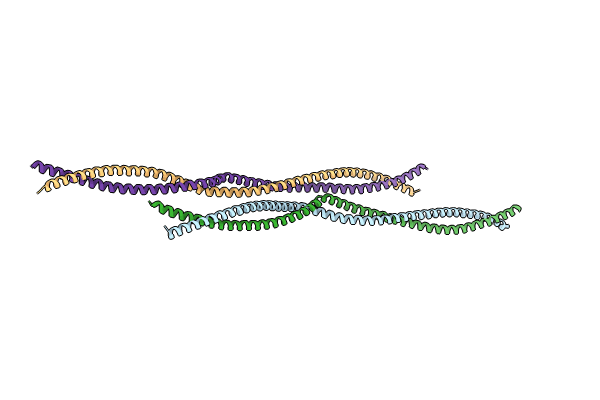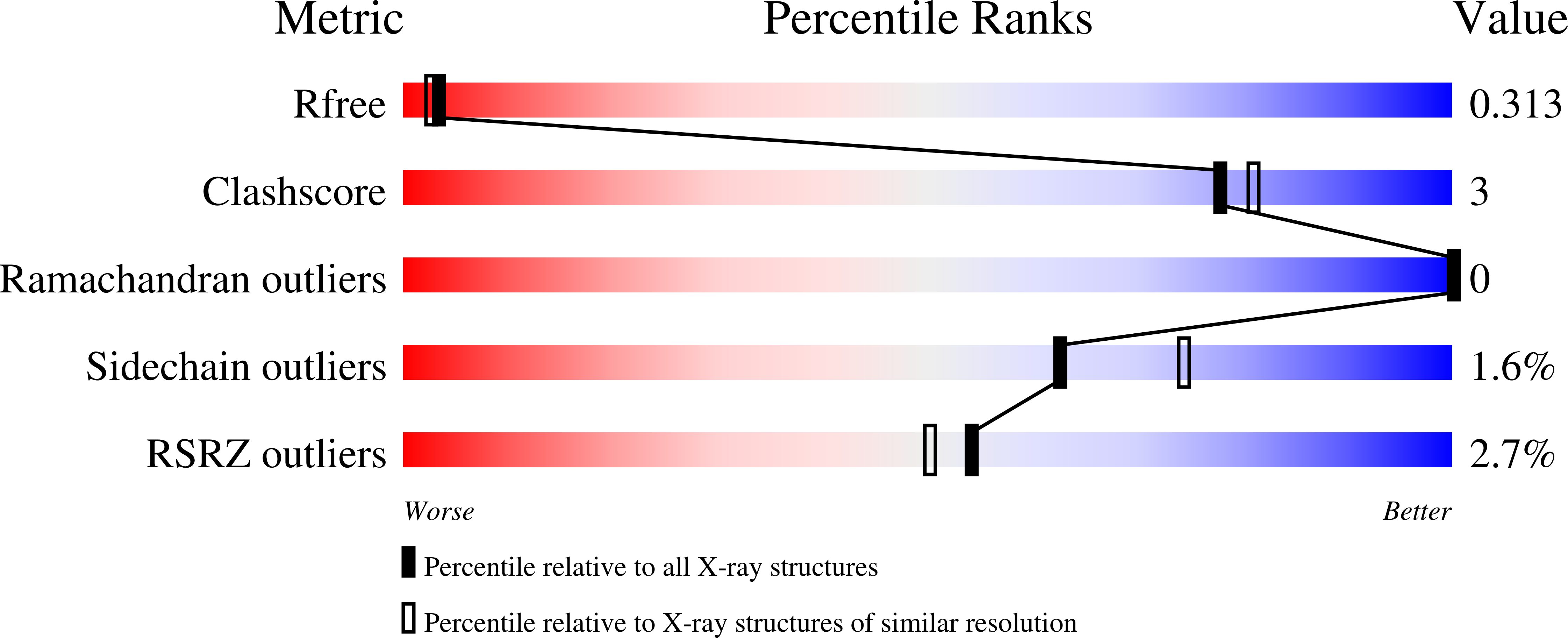
Deposition Date
2023-07-17
Release Date
2024-07-24
Last Version Date
2025-04-02
Entry Detail
PDB ID:
8PV0
Keywords:
Title:
Crystal structure of tropomyosin (Cdc8) cables, Conformers 2 and 3
Biological Source:
Source Organism:
Schizosaccharomyces pombe (Taxon ID: 4896)
Host Organism:
Method Details:
Experimental Method:
Resolution:
2.43 Å
R-Value Free:
0.31
R-Value Work:
0.25
R-Value Observed:
0.25
Space Group:
P 1 21 1


